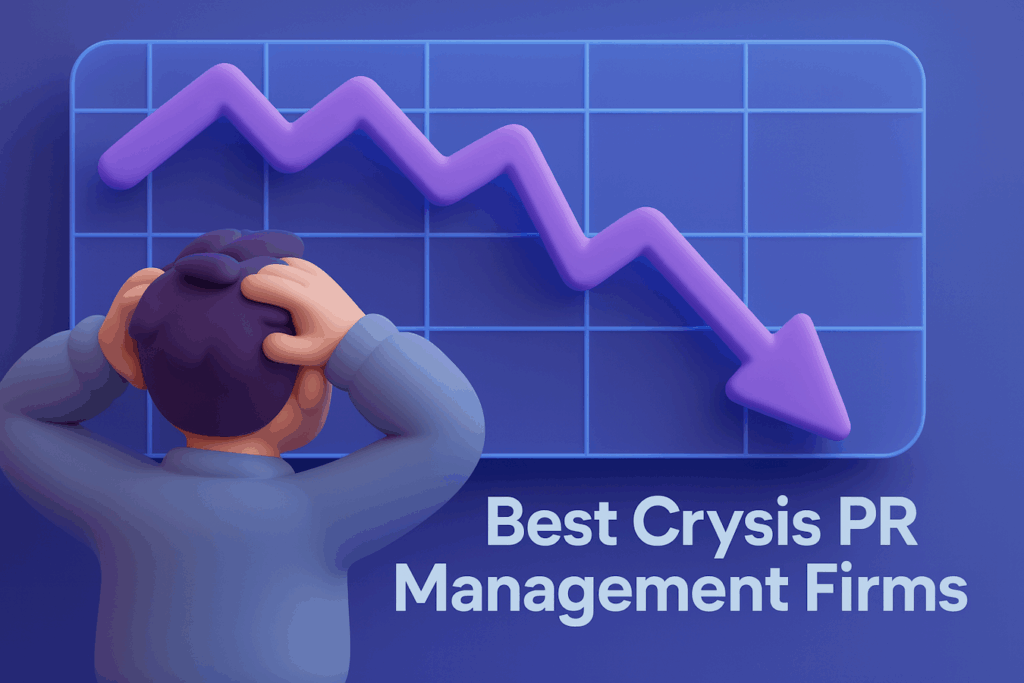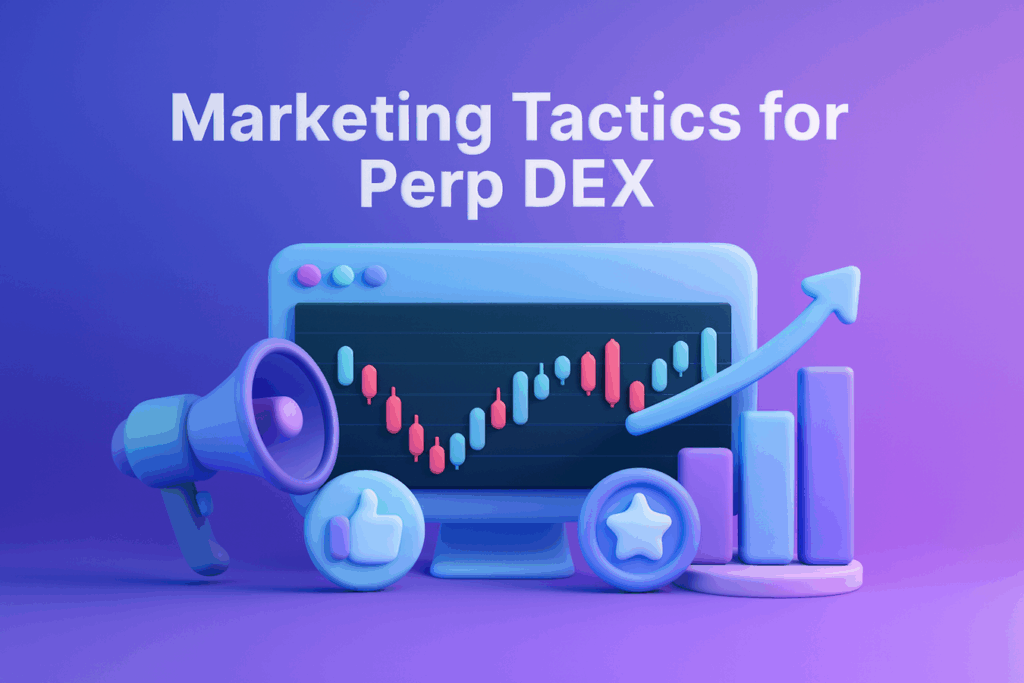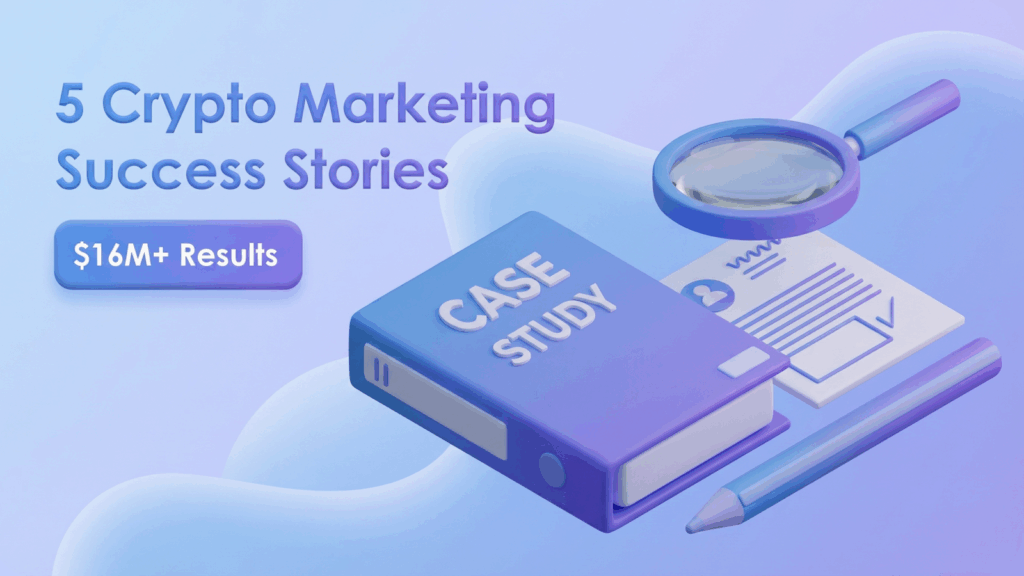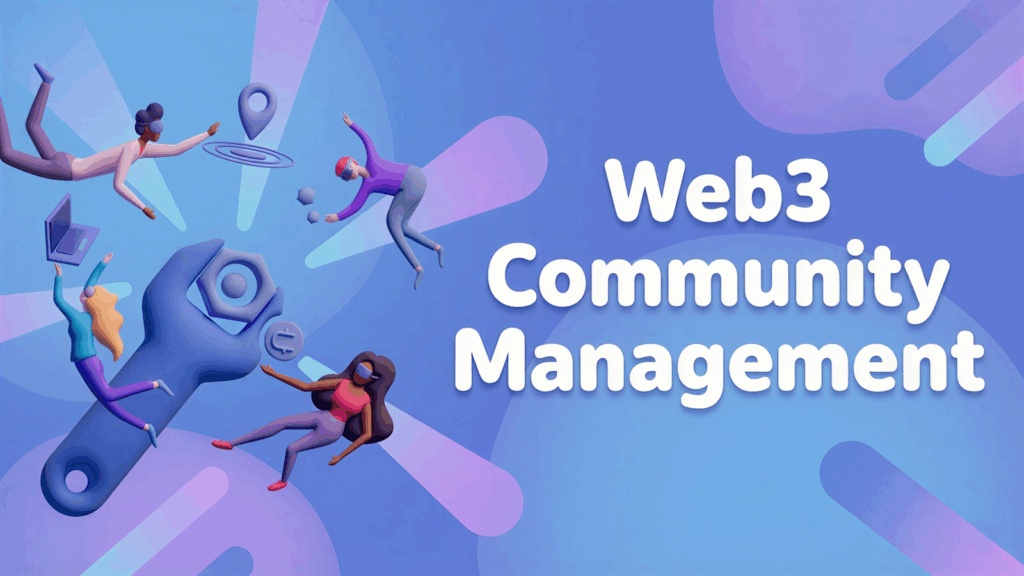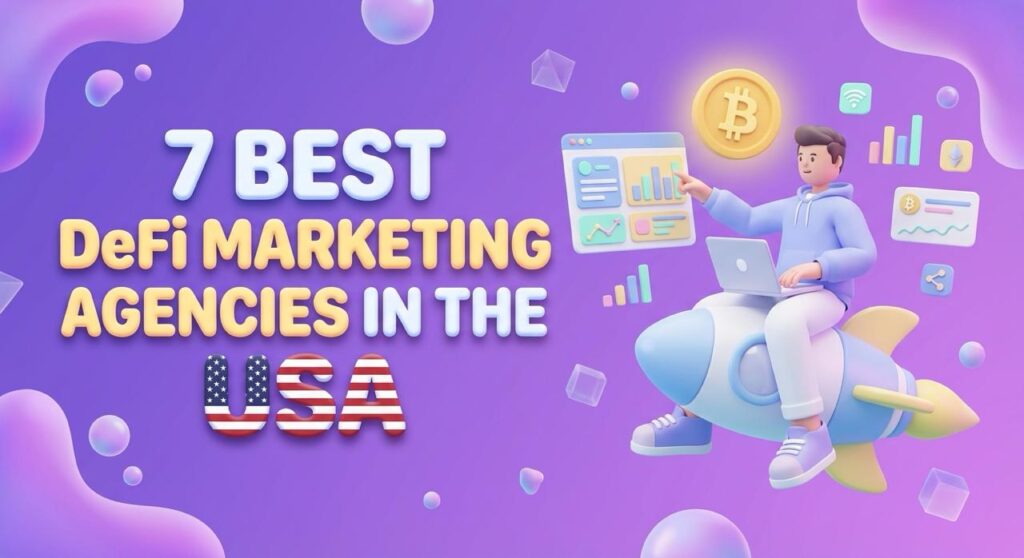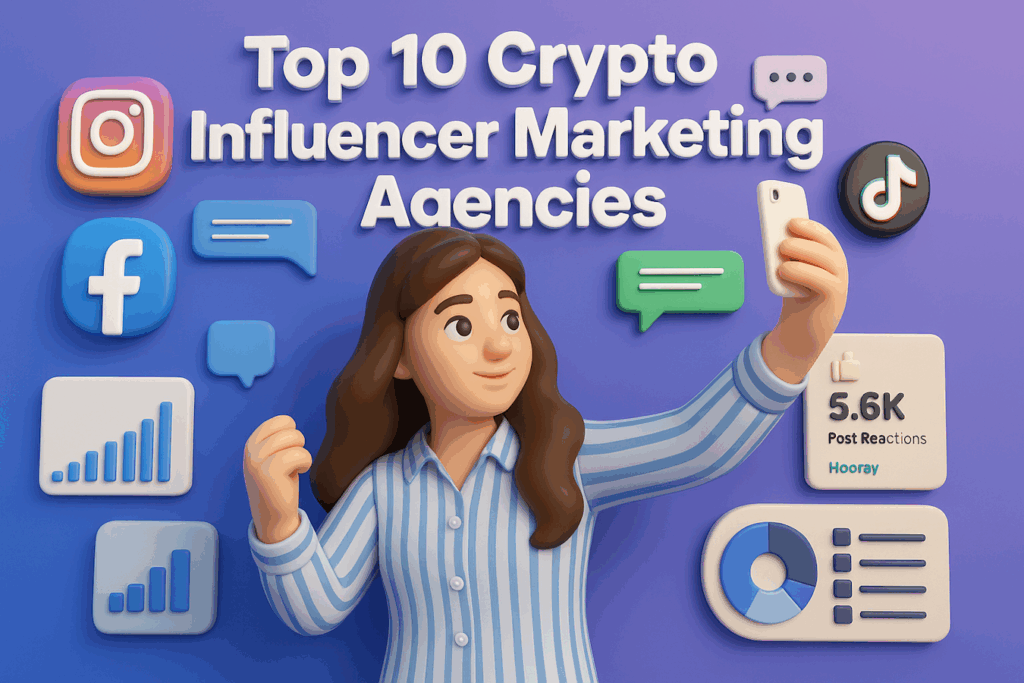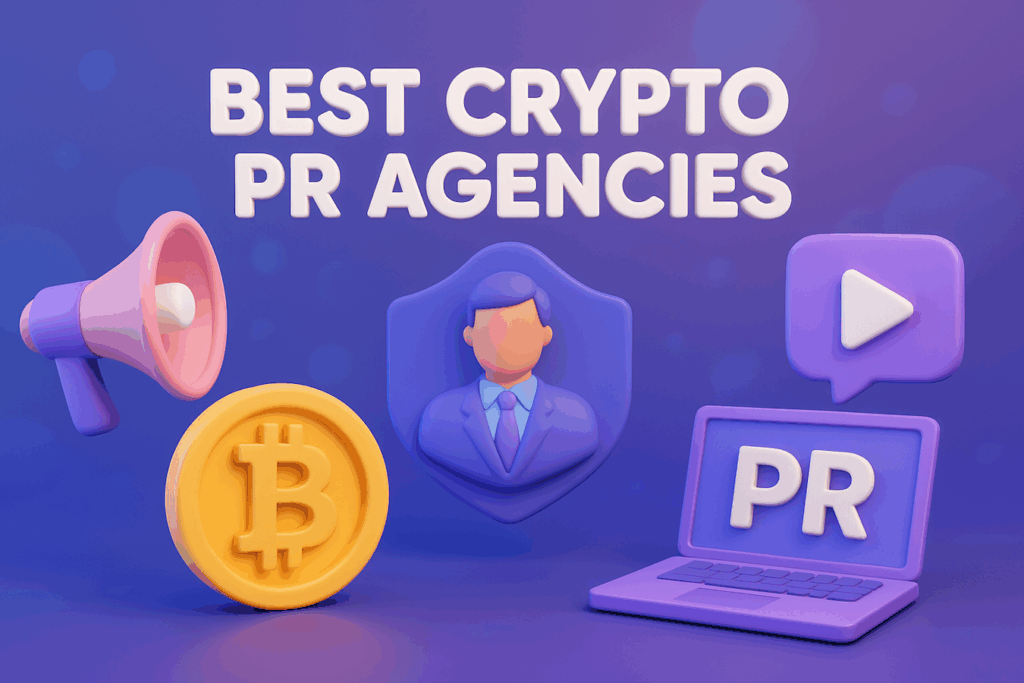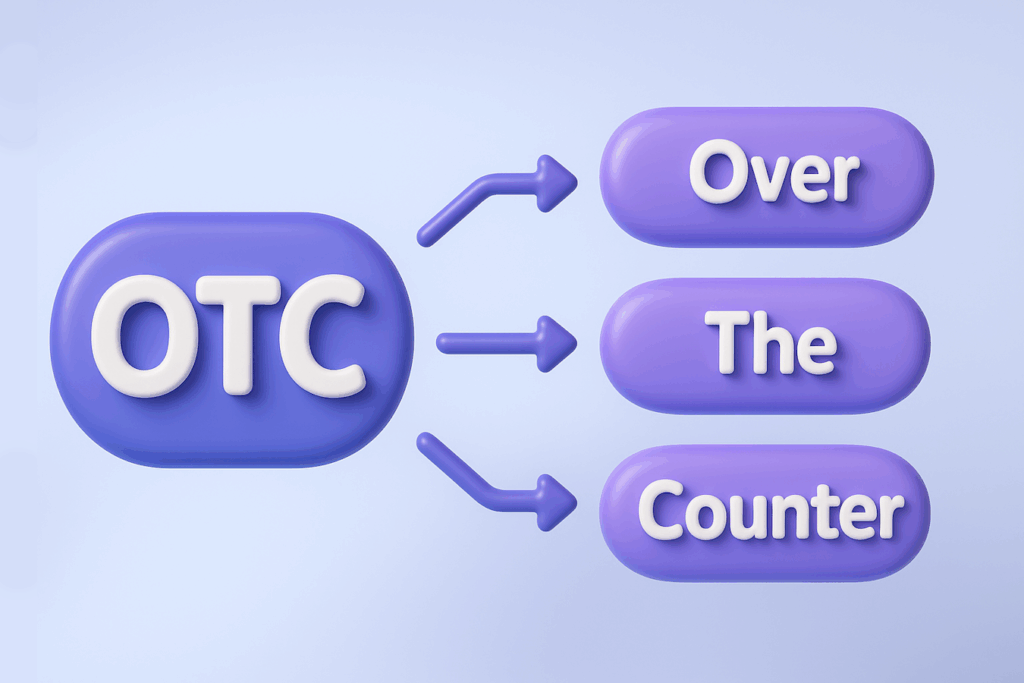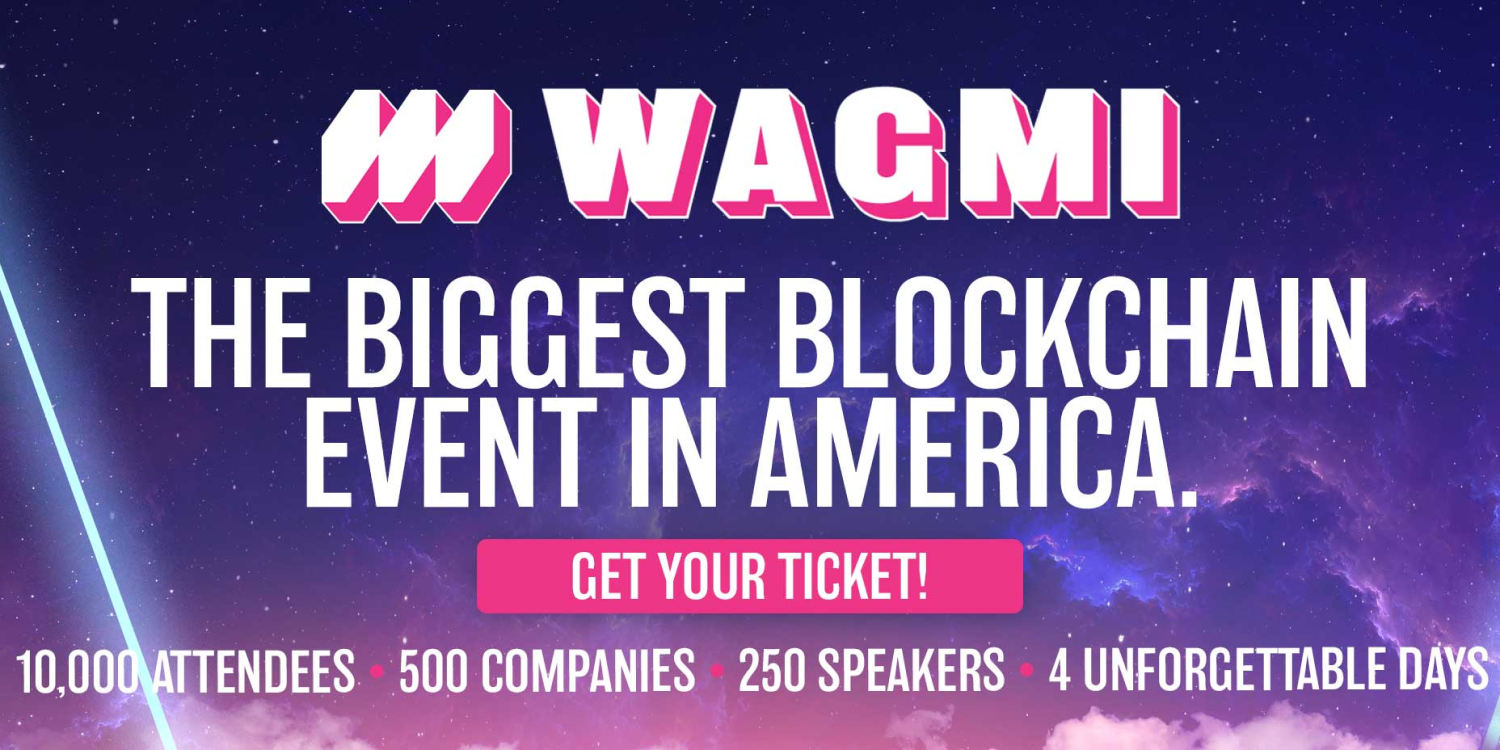What is IEO Marketing and Why It Matters
IEO marketing encompasses the strategic planning, community building, and promotional activities required to successfully launch a token sale through a centralized cryptocurrency exchange. Unlike traditional ICO campaigns with their historically lower success rates, modern IEO marketing leverages exchange credibility to deliver significantly improved outcomes, with top-tier platforms like Binance Launchpad showcasing projects that have achieved exceptional returns, though results vary considerably based on market conditions and project fundamentals. This fundamental shift from decentralized to exchange-backed fundraising has transformed marketing requirements, demanding sophisticated strategies that balance aggressive growth tactics with regulatory compliance.

The 2024 crypto fundraising landscape reached $16.1 billion with 298 IEO events, demonstrating sustained institutional and retail demand despite market volatility. For blockchain founders, effective IEO marketing now represents the difference between raising millions in minutes versus failing to reach funding goals entirely.
Exchange Selection: The Foundation of IEO Marketing Strategy
Your choice of exchange partner fundamentally determines your entire IEO marketing approach, budget requirements, and success probability. This decision impacts everything from community demographics to content strategy, making it the single most critical strategic choice in your campaign.
Top IEO Platforms Performance Metrics (2024)
| Platform | Average ROI | Success Rate | User Base | Listing Requirements |
|---|---|---|---|---|
| Binance Launchpad | Variable, with notable high performers | Market leader | 5M+ participants | Merit-based, no direct fees |
| OKX Jumpstart | Strong historical performers | Major platform | 6B+ raised | 100 OKB minimum holding |
| KuCoin Spotlight | Selective with varied results | 10% approval | 250K+ per event | Highly selective vetting |
| Bybit Launchpad | Growing platform with successes | Rapid expansion | 10.2x user growth | MNT commitment or lottery |
| Gate.io Startup | Wide range of outcomes | Higher acceptance | 13M participants | VIP level requirements |
Tier-1 exchanges provide built-in credibility worth substantial reduction in external marketing spend, while Tier-2 platforms typically require higher marketing investment to overcome trust barriers. Each platform’s unique mechanics—from Binance’s BNB commitment model to OKX’s dual-tier subscription system—directly influence your target audience and messaging strategy.
Building Your IEO Marketing Timeline

Successful IEO marketing requires systematic preparation across three distinct phases, each demanding specific deliverables and resource allocation. This framework transforms overwhelming complexity into manageable milestones.
Phase 1: Foundation Building (T-90 to T-60 Days)
During foundation building, teams must complete comprehensive competitor analysis of recent IEOs in their sector, studying tokenomics and post-launch performance. Exchange evaluation requires assessing 15+ platforms based on demographics, volumes, and success rates. Technical preparation includes completing security audits, finalizing tokenomics with <20% insider allocation, and developing your MVP to demonstrate execution capability.
Phase 2: Documentation and Validation (T-60 to T-45 Days)
The documentation phase determines exchange acceptance probability. Your whitepaper must include executive summary, technical architecture, tokenomics details, milestone roadmap, team credentials, and risk factors. Pitch decks require 15-slide maximum focusing on market opportunity and solution uniqueness. Third-party audits from reputable firms provide essential credibility for institutional evaluation.
Phase 3: Marketing Acceleration (T-45 to Launch)
Marketing acceleration targets specific community metrics: 10,000+ Telegram members with 20% monthly growth, 5,000+ Discord members with 40-60% weekly active users, and 10,000+ qualified email subscribers. Content production includes weekly development updates, educational series, technical documentation, and bi-weekly AMAs with founders.
Budget Allocation for IEO Marketing Services
Understanding realistic budget requirements prevents resource misallocation and ensures campaign sustainability. Modern IEO marketing services require comprehensive investment across multiple channels, with costs varying dramatically based on exchange tier and project scope.
IEO Marketing Budget Framework
Tier 1 Budget (<$50,000):
- Exchange fees: Assumed separate or equity
- Community management: 30% ($15,000)
- Content creation: 20% ($10,000)
- PR & media (Tier 2/3): 20% ($10,000)
- Influencer marketing: 15% ($7,500)
- Paid advertising: 5% ($2,500)
- Legal & contingency: 10% ($5,000)
Tier 2 Budget ($50,000-$150,000):
- Exchange listing: 25% ($25,000-$37,500)
- PR & media (Tier 1/2): 30% ($15,000-$45,000)
- Community management: 15% ($7,500-$22,500)
- Influencer marketing: 15% ($7,500-$22,500)
- Content creation: 10% ($5,000-$15,000)
- Remainder for ads and contingency
Tier 3 Budget ($150,000+):
- Exchange fees: 35% of total
- Premium PR campaigns: 30%
- Professional community management: 10%
- Top-tier influencer partnerships: 10%
- Comprehensive content strategy: 10%
- Legal and compliance: 10%
Community Building Strategies That Drive Results
Effective community building for IEO marketing prioritizes engagement quality over member quantity, focusing on cultivating 100-1,000 true believers before scaling to larger audiences. This approach generates organic advocacy worth more than paid promotion.
Telegram optimization requires 2-3 dedicated managers providing 24/7 coverage, custom bots for auto-greetings and FAQ responses, and daily content mixing 40% education, 30% updates, 20% community highlights, and 10% entertainment. Target metrics include 5,000-15,000 members pre-launch with 20% weekly engagement rates.
Discord architecture leverages server structure for superior organization: welcome channels for onboarding, topic-specific discussion areas, technical support channels, voice channels for live AMAs, and gamified roles with exclusive access. Successful servers achieve 80% monthly retention rates versus 50% industry average.
Twitter/X strategy balances educational threads (40%), community engagement (30%), partnership announcements (20%), and product updates (10%). Growth tactics include strategic engagement on influencer posts, optimal posting at 9-11 AM and 7-9 PM target zones, and hashtag optimization using 3-5 relevant tags per post.
Influencer Marketing and PR Execution
Crypto influencer partnerships generate $6.50 return per dollar invested when properly structured, significantly outperforming traditional digital marketing’s $2-3 ROI. Success requires matching influencer tiers to campaign objectives.
- Mega KOLs (1M+ followers) provide instant credibility and massive reach for major announcements and exchange partnerships.
- Macro influencers (100K-1M) offer balanced reach and engagement for sustained campaign visibility.
- Micro influencers (10K-100K) deliver optimal ROI with 5-10% engagement rates versus 1-3% for larger accounts, making them ideal for community building and authentic testimonials.
PR strategy must target appropriate publication tiers based on project stage and objectives. Tier-1 outlets (CoinDesk, CoinTelegraph) require exclusive angles and substantial news value for coverage consideration. Tier-2 publications offer broader reach with lower barriers to entry, while crypto-native blogs and forums provide targeted community engagement opportunities. A comprehensive six-month campaign typically combines all tiers for maximum impact.
Navigating Regulatory and Platform Restrictions
Modern IEO marketing must navigate complex regulatory frameworks and platform restrictions that eliminate many traditional advertising channels. Understanding these constraints shapes viable promotional strategies.
Platform advertising policies severely limit options: Google Ads prohibits all IEO promotion, accepting only licensed exchanges with certification. Meta requires written permission with high rejection rates for crypto content. Twitter/X prohibits ICO, IEO, and IDO advertisements entirely, though educational blockchain content may be permitted. These restrictions force reliance on crypto-specific networks like Coinzilla and Bitmedia.
Regulatory compliance varies by jurisdiction but universally requires avoiding investment advice language, emphasizing utility over speculative returns, implementing comprehensive KYC/AML procedures, and maintaining clear risk disclosures. The EU’s MiCA regulation and increasing SEC enforcement actions have substantially raised compliance requirements, with many teams reporting significant portions of their marketing budgets now dedicated to legal and regulatory adherence.
Analytics and Performance Measurement
Conversion rate target
Completion rate target
Minimum rate target
Qualified lead range
Post-IEO target
Of circulation supply
Successful IEO marketing requires tracking both traditional and blockchain-specific metrics to optimize campaign performance and demonstrate ROI to stakeholders.
Off-chain metrics include website-to-whitelist conversion (5-15% target), whitelist-to-KYC completion (60-80% target), social media engagement rates (5-8% minimum), and cost per qualified lead ($10-50 range). These indicators reveal marketing funnel efficiency.
On-chain analytics through platforms like Dune Analytics and Nansen track token holder growth, transaction volumes, wallet concentration, and capital flows. Post-IEO success metrics include 20% monthly holder growth, sustained daily trading volume above $1M, and staking participation exceeding 30% of circulating supply.
Case Studies: Learning from Success and Failure
BitTorrent’s record-setting success raising $7.2M in 15 minutes demonstrates the power of existing user bases. Their 100 million users provided instant credibility, while strategic Tron ecosystem integration and transparent tokenomics created sustainable value beyond initial hype.
Polygon’s transformation from $5M IEO to multi-billion market cap illustrates long-term execution importance. Post-IEO strategies included developer outreach hubs globally, university partnerships for education, aggressive partnership development, and continuous technical innovation. Their success proves IEO marketing extends far beyond fundraising.
Common failure patterns include selecting inappropriate exchanges for project stage, excessive token allocation to early investors, insufficient pre-launch community building, poor timing during market downturns, and abandoning marketing post-fundraise. Ocean Protocol’s 80% crash after IEO exemplifies how poor tokenomics and timing destroy value regardless of marketing quality.
Conclusion: Executing Your IEO Marketing Strategy
This IEO marketing guide demonstrates that successful token sales require comprehensive preparation, substantial investment, and long-term commitment beyond initial fundraising. The evolution from ICO chaos to structured IEO processes has created opportunities for well-prepared projects while eliminating shortcuts and speculation-based approaches.
For blockchain founders seeking IEO marketing services, success demands treating fundraising as ecosystem building rather than one-time events. Teams investing in systematic community development, transparent communication, and post-launch execution consistently achieve significantly better outcomes than those focusing solely on launch-day hype. The frameworks, budgets, and strategies outlined here provide immediately actionable blueprints for navigating the complex IEO landscape while avoiding common pitfalls that affect many token launches.
The data clearly shows that IEO marketing success correlates directly with preparation quality, exchange selection, and commitment to long-term value creation rather than short-term fundraising goals.
Frequently Asked Questions (FAQ)
IEO stands for Initial Exchange Offering, a token sale conducted directly through a cryptocurrency exchange platform. Unlike ICOs, IEO marketing leverages the exchange’s credibility and user base for fundraising success.
An IEO in marketing refers to the comprehensive promotional strategies used to launch token sales through centralized exchanges. This IEO marketing approach includes community building, content creation, and coordinated campaigns with exchange partners.
ICOs are decentralized token sales managed directly by projects, while IEOs are conducted through exchanges that provide vetting, security, and immediate liquidity. IEO marketing benefits from exchange credibility, which generally provides better investor protection compared to unvetted campaigns.
Conducting an IEO requires selecting an appropriate exchange, preparing comprehensive documentation, building community momentum through IEO marketing strategies, and coordinating launch execution with the platform. The process typically takes 3-6 months of preparation.
IEO’s full form in the blockchain industry is Initial Exchange Offering, representing a fundraising method where cryptocurrency exchanges facilitate token sales. This IEO marketing model has become the preferred alternative to ICOs for established projects.
IEOs provide instant credibility through exchange vetting, immediate token liquidity post-sale, and access to established user bases. Effective IEO marketing services leverage these advantages for higher success rates than alternative fundraising methods.
IEO disadvantages include high exchange listing fees, loss of project control during the sale process, and strict vetting requirements. IEO marketing must also navigate platform-specific restrictions and compliance requirements that increase costs.
Buying IEO tokens requires creating an account on the hosting exchange, completing KYC verification, and participating during the sale window. Successful IEO marketing ensures clear communication of these purchase steps to potential investors.
IDOs (Initial DEX Offerings) are decentralized token sales on DEX platforms, while IEOs occur on centralized exchanges with institutional vetting. IEO marketing typically achieves higher trust levels, while IDO marketing emphasizes decentralization and permissionless access.
Rate the article
